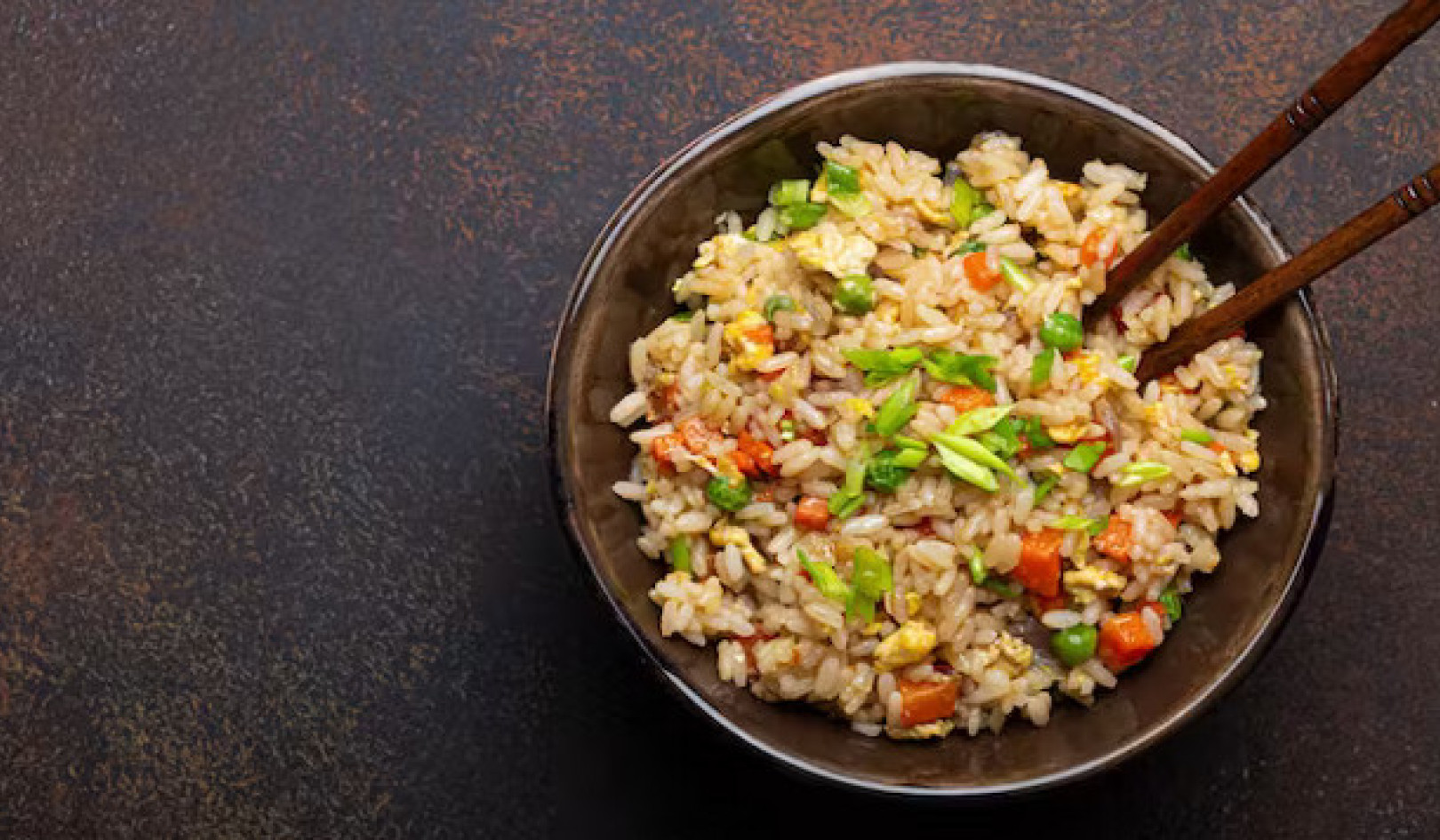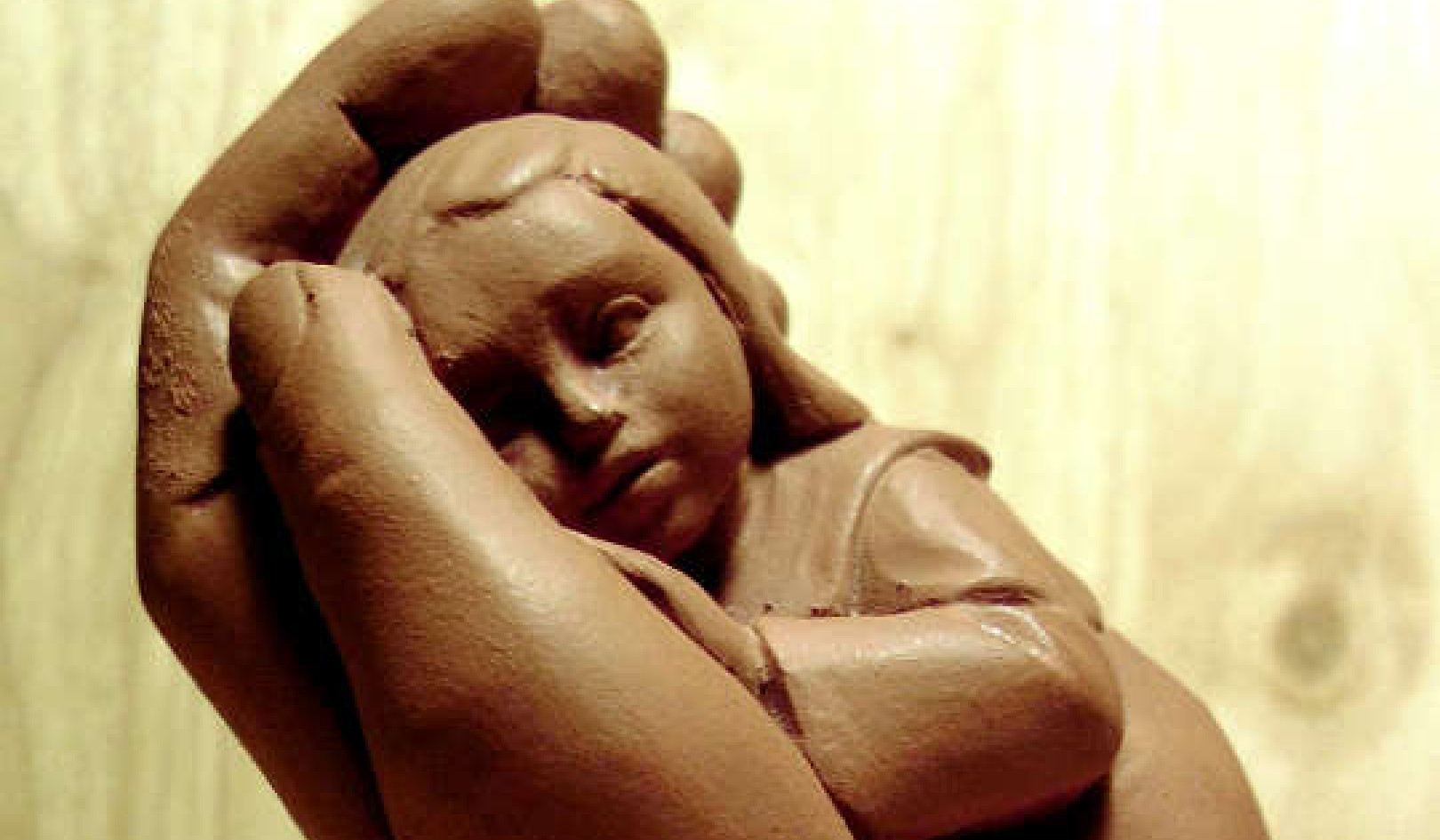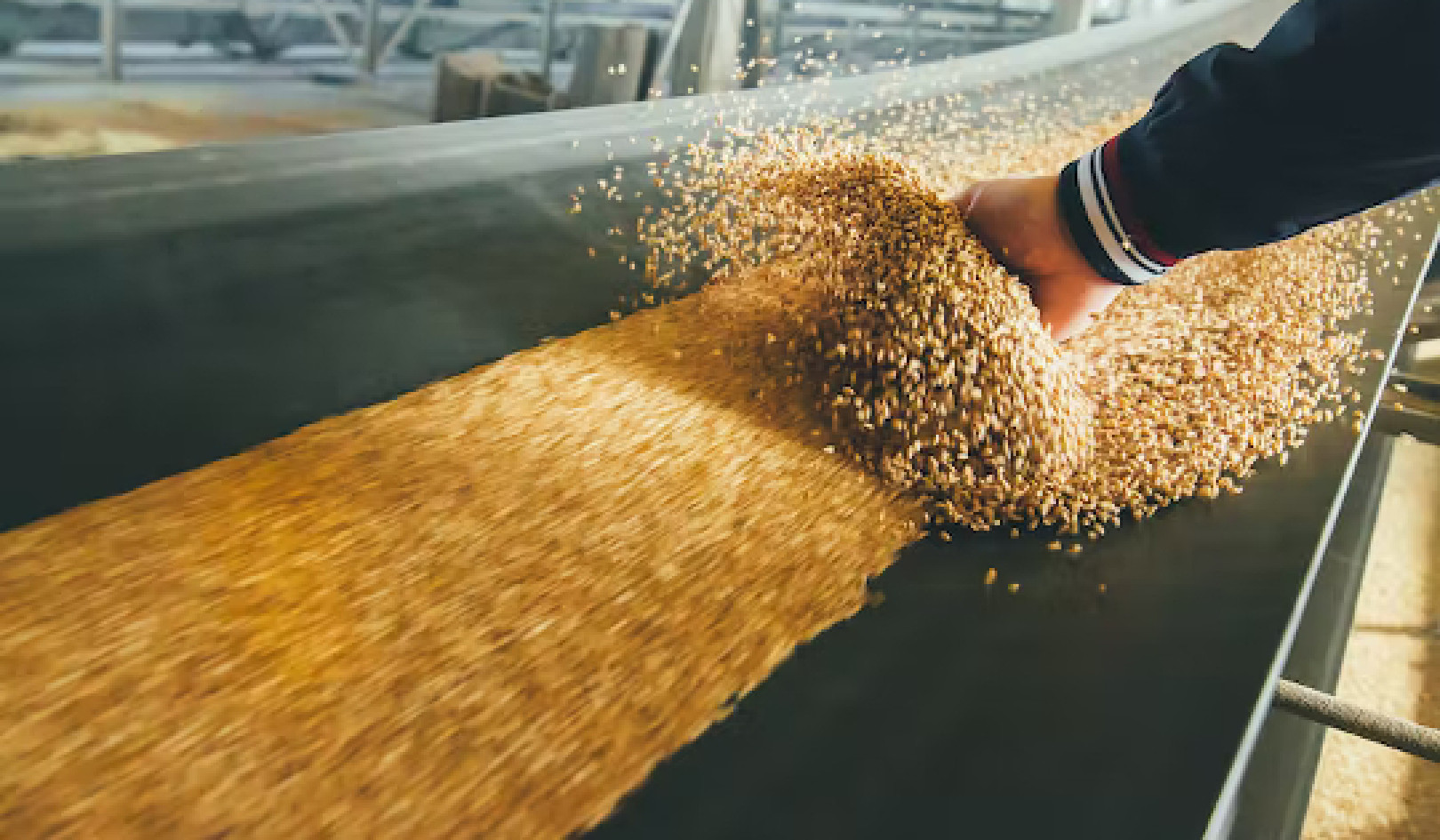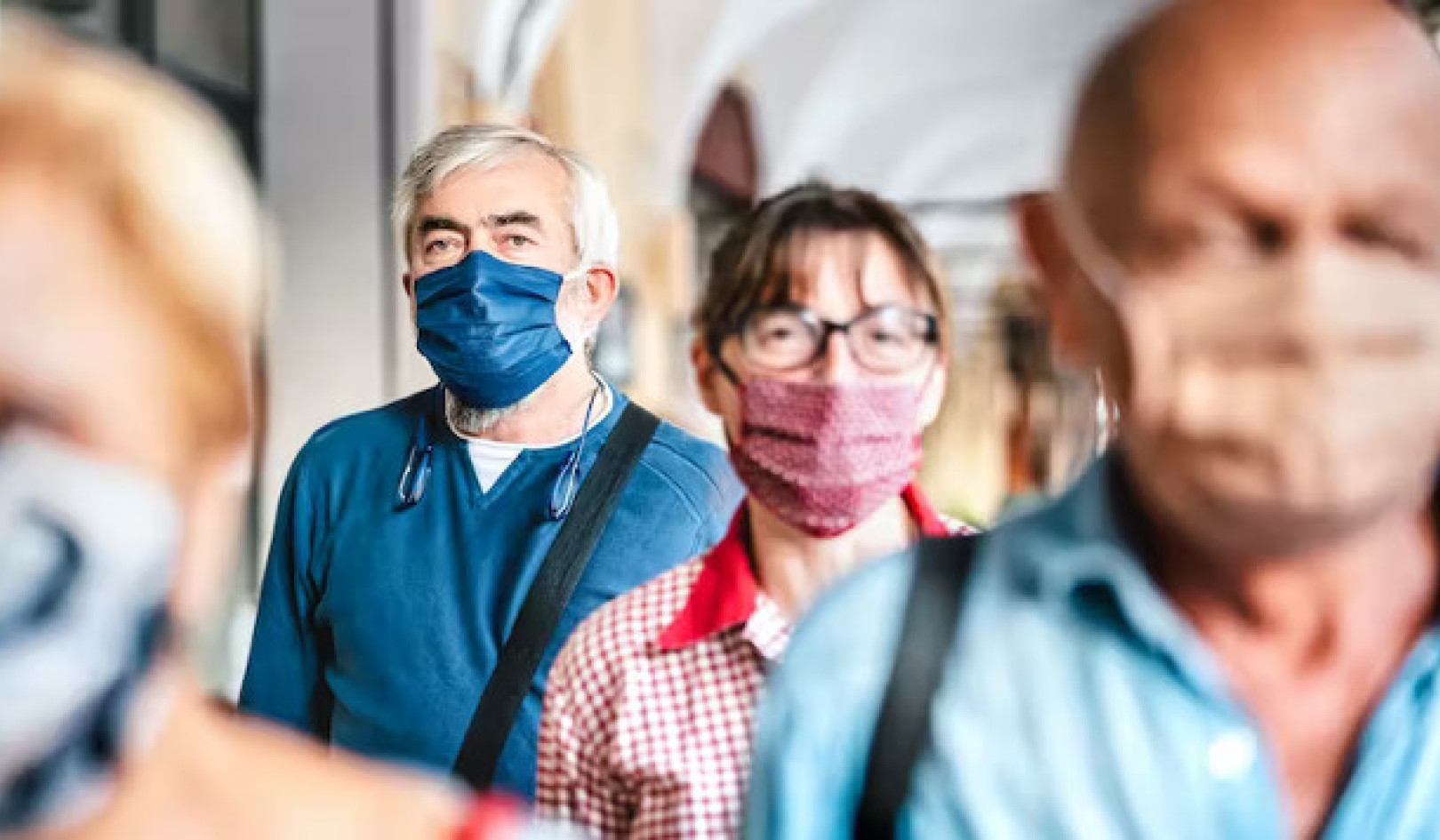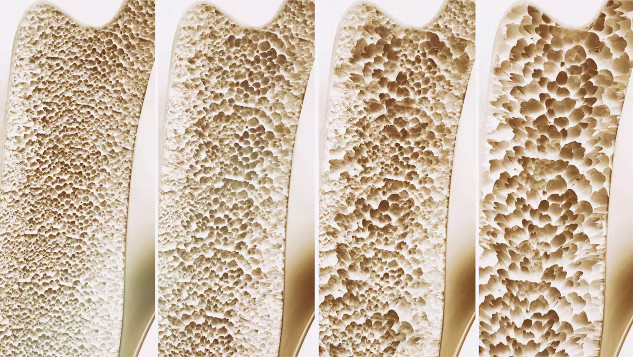
The more crystals detected, the better your bone density. Crevis/ Shutterstock
Bone density is important for many reasons, primarily because it acts as a reservoir for many of the important minerals our bones need to function well. Many factors can affect your bone density – and as Jamil has pointed out, diet is one component that has a significant effect on bone health.
Bone is a living tissue. This means our skeleton grows and remodels itself according to the stresses and strains it’s put under. Everything from fractures to exercise require our bones to change their shape or density. This is why a weightlifter’s skeleton is much denser than a marathon runner’s.
The biggest skeletal changes we experience happen in our younger years. But bones keep changing throughout our lives depending on how active we are, what our diet consists of, and if we’ve suffered an injury or disease.
Bones are made of proteins, such as collagen, as well as minerals – largely calcium. This is a key mineral for us, as it keeps our bones and teeth strong and helps repair and rebuild any injured bones.
But other minerals and vitamins are also important. For example, vitamin D supports calcium, playing a key role in bone mineralisation. This is where calcium combines with phosphate in our bones to create the mineral crystal hydroxyapatit. This crystal is crucial to our bone mineral density (also known as “bone mass”), as it helps bones remodel and maintain their structural strength.
Dexa scans – the type of scan Jamil referred to in her post – can measure the density of these crystals in bones. The more hydroxyapatite crystals detected, the healthier the bones are.
We hit peak bone mineral density in our late teens and early 20s, when our body has grown to full size and our metabolism is working its best. From here, it’s possible to maintain stable bone mass into your late 30s for women and early 40s for men, with the right diet and activity. But after this point, it begins to decline.
Mật độ xương
We accrue calcium over many years. It initially comes from our mother, then later from our diet. Our body accrues calcium so it can adapt to times when calcium demand is greater than what we can get from our diet – such as during pregnancy, when the foetus needs calcium to build its own bones.
However, relying solely on this skeletal calcium reserve can’t be sustained for lengthy or repeated periods, because of how long it takes to be replenished. This is why diet is so important for bone density – and why a poor diet can cause extreme damage, especially when certain food groups or minerals are consistently left out.
For instance, studies have shown consuming soft drinks, (particularly cola), more than four times a week is linked with lower bone density and increased fracture risk. This is true even after adjusting for many other variables that affect bone density.
These carbonated and energy drinks contain varying levels of vitamins – often with none of the minerals, including calcium, that the body needs to function optimally. This causes the body to draw on its reserves if calcium isn’t being delivered elsewhere in the diet.
Diets high in added sugar can also have a detrimental affect on the skeleton. Excess sugar causes inflammation and other physiological changes, such as béo phì. Consuming high amounts of sugar is linked with reduced calcium intake, especially in children who substitute milk for sugary drinks. Excess sugar consumption also causes the body to excrete excess calcium, instead of reabsorbing it in the kidney as the body normally would.
Low- and high-fat diets have also been associated with increased risk of loãng xương (a condition that weakens bones) in women – though larger studies are needed to better understand the effects of removing whole food groups on bone health.
Chán ăn tâm thần also has a significant affect on mật độ xương – affecting a đa số người dân with the condition.
Low bone mineral density – especially in the spine – puts people with anorexia at tăng nguy cơ gãy xương because their bone thickness is reduced, increasing the likelihood of developing osteoporosis, which is associated with increased fractures.
Anorexia in young adulthood is particularly challenging. This is the stage where the skeleton is building itself to reach peak khối lượng xương, so it’s depositing calcium at a record pace. When diet is insufficient and the body already starts drawing on its mineral reserves, there’s a potential that the bone density or calcium reserves in the body will never be optimal – increasing fracture risk for the rest of that person’s life.
Can bone health be fixed?
Optimal bone health starts in utero, but our prepubescent years are key to setting our skeleton up for later life. People who are behind the curve in early life may have difficulty achieving their peak, as poor bone mineral density can affect everything from our appetite to how efficient our gastrointestinal tract is at absorbing chất dinh dưỡng quan trọng (including calcium). Supplements have a limited effect because our body can only absorb a set amount of any vitamin or mineral at a time.
Trong khi có thể limit some of the decline in bone density that naturally happens as we age, some of the choices we make – such as not consuming enough calcium – can accelerate the decline. Biological sex also has a significant impact on our bone health in old age – with post-menopausal women at greater risk of osteoporosis because they sản xuất ít estrogen, which helps keep the cells that degrade bone trong kiểm tra.![]()
Adam Taylor, Giáo sư và Giám đốc Trung tâm Học tập Giải phẫu Lâm sàng, Đại học Lancaster
Bài viết này được tái bản từ Conversation theo giấy phép Creative Commons. Đọc ban đầu bài viết.
Sách liên quan:
Cơ thể ghi điểm: Bộ não và cơ thể trong quá trình chữa lành chấn thương
bởi Bessel van der Nikol
Cuốn sách này khám phá mối liên hệ giữa chấn thương với sức khỏe thể chất và tinh thần, đưa ra những hiểu biết sâu sắc và chiến lược để chữa lành và phục hồi.
Bấm để biết thêm thông tin hoặc đặt hàng
Hơi thở: Khoa học mới về nghệ thuật đã mất
bởi James Nestor
Cuốn sách này khám phá khoa học và thực hành thở, cung cấp những hiểu biết sâu sắc và kỹ thuật để cải thiện sức khỏe thể chất và tinh thần.
Bấm để biết thêm thông tin hoặc đặt hàng
Nghịch lý thực vật: Nguy cơ tiềm ẩn trong thực phẩm "lành mạnh" gây bệnh và tăng cân
của Steven R. Gundry
Cuốn sách này khám phá mối liên hệ giữa chế độ ăn uống, sức khỏe và bệnh tật, đưa ra những hiểu biết sâu sắc và chiến lược để cải thiện sức khỏe tổng thể và sức khỏe.
Bấm để biết thêm thông tin hoặc đặt hàng
Mã miễn dịch: Mô hình mới cho sức khỏe thực sự và chống lão hóa triệt để
bởi Joel Greene
Cuốn sách này đưa ra một quan điểm mới về sức khỏe và khả năng miễn dịch, dựa trên các nguyên tắc biểu sinh và đưa ra những hiểu biết sâu sắc cũng như chiến lược để tối ưu hóa sức khỏe và lão hóa.
Bấm để biết thêm thông tin hoặc đặt hàng
Hướng dẫn hoàn chỉnh về nhịn ăn: Chữa lành cơ thể thông qua nhịn ăn gián đoạn, luân phiên và kéo dài
bởi Tiến sĩ Jason Fung và Jimmy Moore
Cuốn sách này khám phá khoa học và thực hành nhịn ăn, cung cấp những hiểu biết sâu sắc và chiến lược để cải thiện sức khỏe tổng thể và sức khỏe.






















